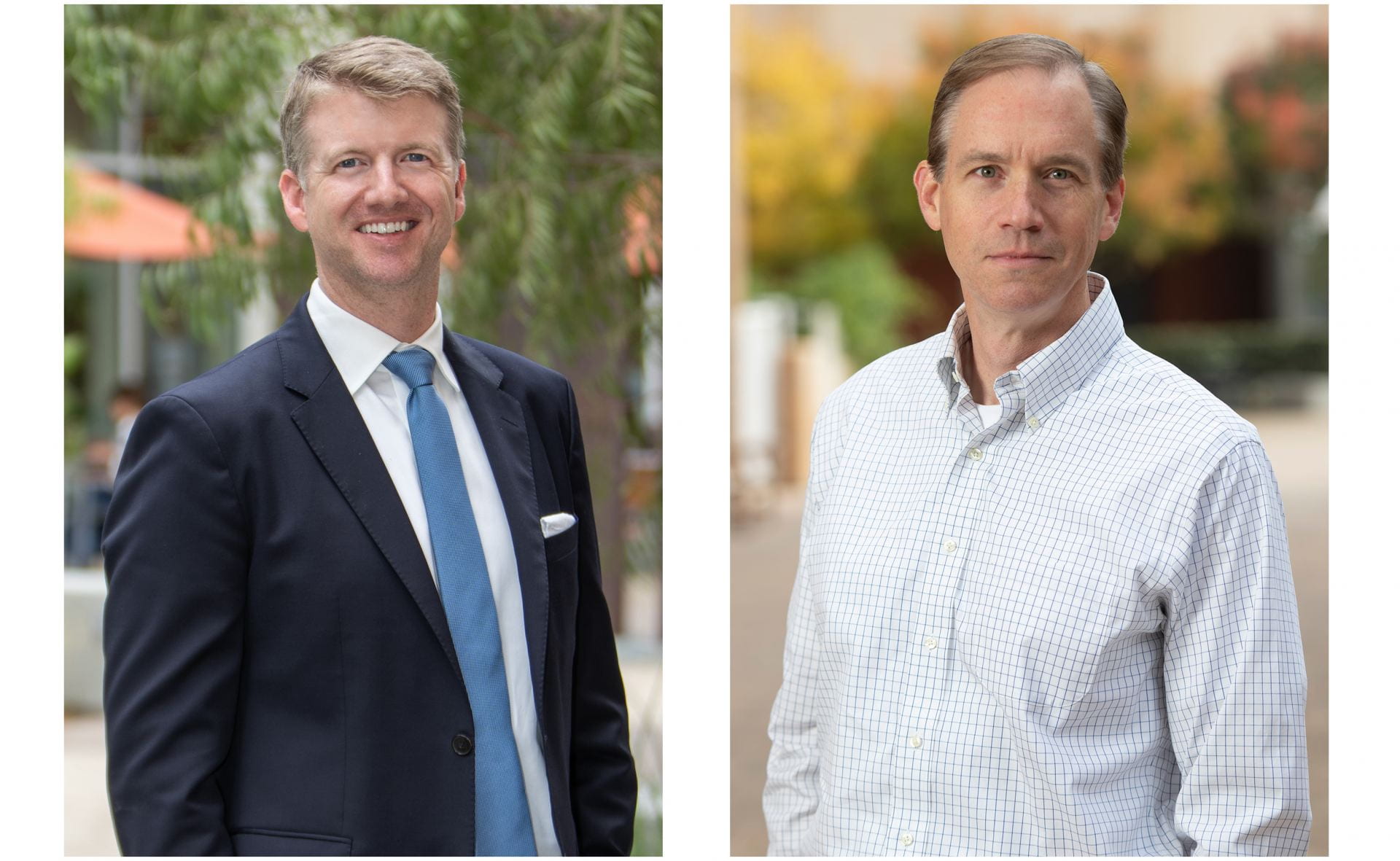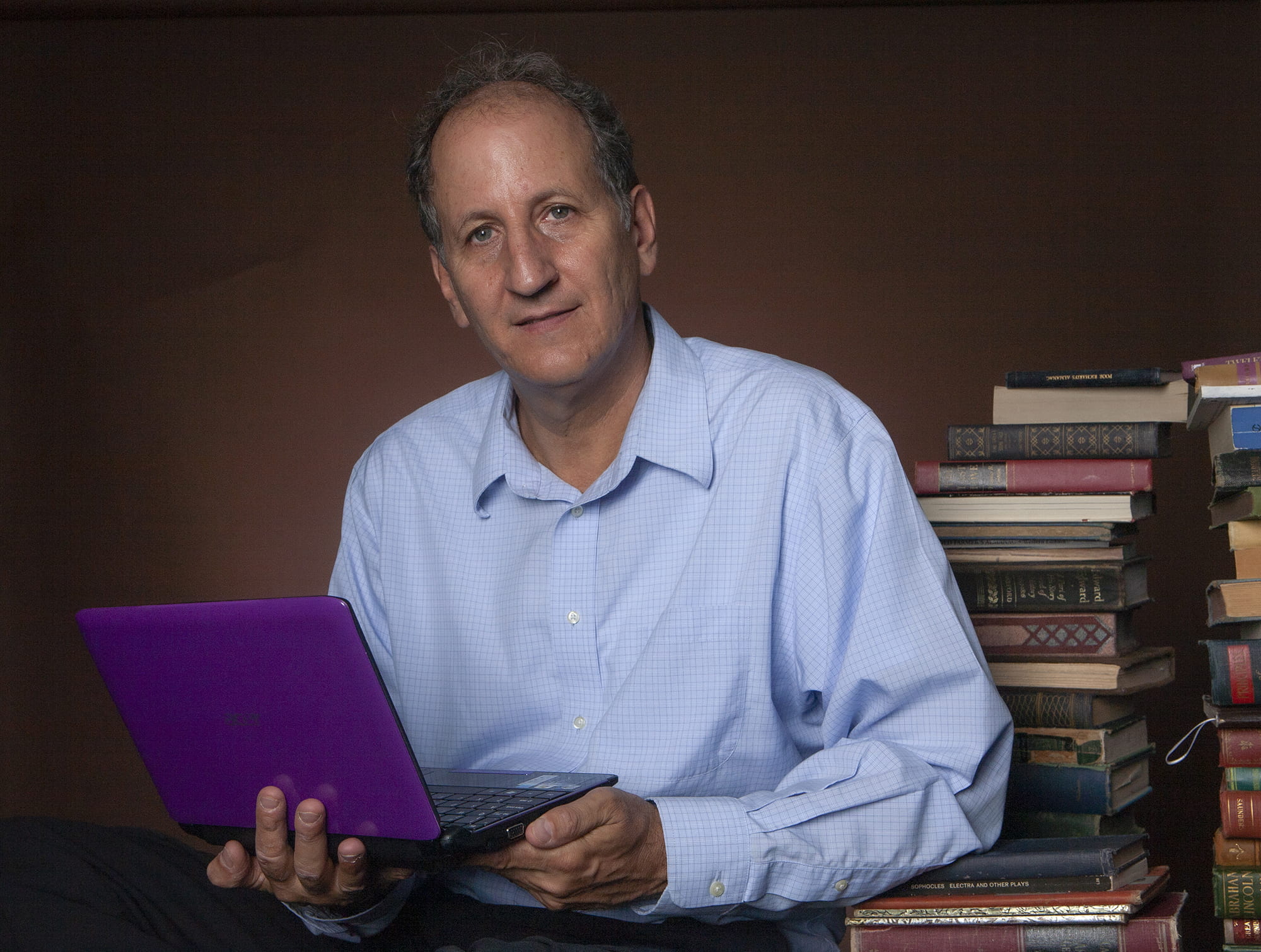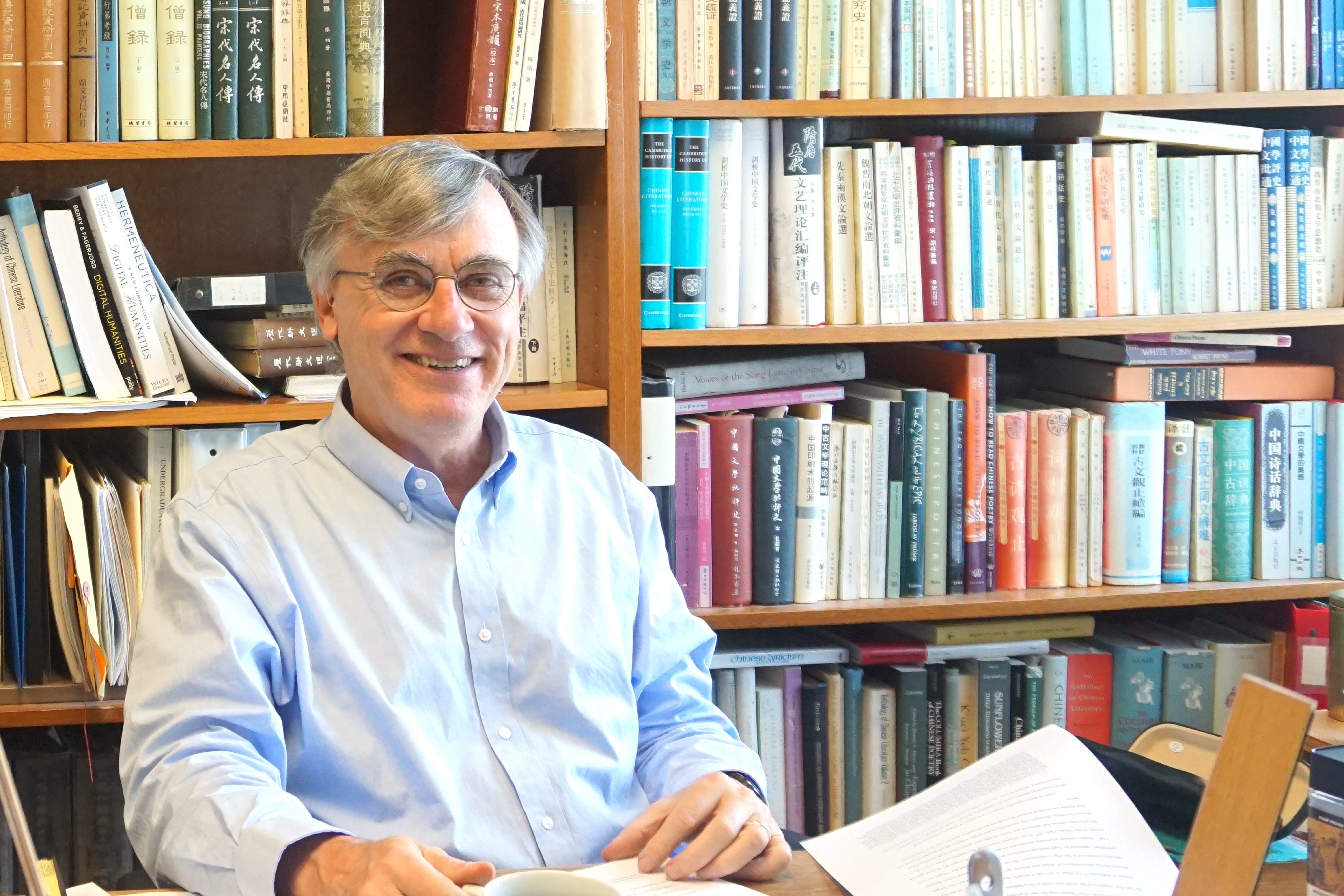What’s next: Inflation
Two UCI experts discuss the current state of the U.S. economy and forecast what’s ahead

On Jan. 12, the consumer price index – a measurement of changes in the cost of goods and services published by the U.S. Bureau of Labor Statistics – revealed a jump of 7 percent in December 2021 compared to a year earlier. That’s the largest one-year increase since June 1982.
We asked two UCI researchers who are closely following the trend – Christopher Schwarz, associate professor of finance, and Eric Swanson, professor of economics – to share their expertise on inflation and explain why this is happening and what can curb the rise in consumer prices.
What’s causing this current inflation?
Schwarz: The three main factors impacting inflation: price bounce back, supply chain issues and the stimulus packages.
Regarding price bounce back, a lot of price increases we’re seeing are due to comparative bias. For example, if we compare fuel prices to 2019, they aren’t that much higher. But compared to 2020, when oil literally hit $-37 a barrel at one point, prices seem very high.
Our modern supply chain is built to be global and “just in time.” Obviously, that’s not something that works well with constant shutdowns. General Motors has cars that have, on average, 14,000 parts. Those parts are supplied by 3,200 companies in 10,000 different facilities across the world. When that supply chain gets interrupted, huge issues ensue.
Finally, people have, in aggregate, a lot of money to spend. Stimulus packages totaling trillions of dollars – many in direct payments to consumers – have been passed. Even California has been giving out checks. People just have a lot of money to spend.
Swanson: Low supply and strong demand. Supply is low due primarily to supply chain disruptions that have been well-publicized in the press. For example, there have been plant shutdowns and citywide lockdowns in the U.S. and abroad that have delayed the production and shipment of goods all along the supply chain, and we’re still working through all of the backlogs that created. At the same time, demand has been strong. Although some consumers suffered an income hit due to the pandemic, many did not because of increased government payments for unemployment insurance and stimulus checks. In addition, many consumers reduced consumption significantly during the pandemic – for example, they did not travel or dine out very much – so they have more savings in the bank than normal, and they have pent-up demand for consumer goods. U.S. consumption expenditures are back to their pre-COVID trend (and remember that the economy in 2019 was very strong), while supply has still not recovered.
How long will the increase in inflation continue?
Swanson: That’s the million-dollar question that everyone wants to know the answer to. The Federal Reserve and Treasury have argued that the increase in inflation is temporary, but “temporary” can still mean a few years. The good news is that inflation should gradually trend downward as the supply chain problems get worked out. The bad news is that it looks like it will take several months for those supply chain problems to subside. Moreover, inflation tends to have some momentum, so even when the supply chain issues are resolved, it will still take several more months for inflation to fully settle down. Thus, I would expect inflation to gradually fall over time from where it is today but not return to its previous low level until 2023 or 2024.
Schwarz: One of the issues is that many of the places we see the biggest price increases take a long time to fix. If we think about computer chips, a new manufacturing plant to create chips takes two to three years to build. New housing developments are also not quick to construct. People – one of the things we are most short of – take a long time to make. As I joked recently, I didn’t do well in biology, but it takes about 22 years and 9 months to make another 22-year-old worker. These problems will take time to fix, which is why “transitory” inflation predictions are not holding up.
What needs to happen to curb inflation?
Schwarz: Honestly, not much will stop it in the short term. As mentioned, a lot of the supply issues will take some time to fix. The additional fiscal stimulus will not be helpful either. Really, the only way to slow inflation at this point is to try to limit demand – i.e., slow the economy. The Fed could raise interest rates to try to slow the economy.
Swanson: The main thing that needs to happen is for supply to return to its pre-pandemic trend. Lockdowns in Europe and Asia need to stop, and the U.S. needs to allocate more workers to trucking and transportation, which are currently experiencing worker shortages that contribute to the backlog at the ports. Improved productivity, such as through increased automation and efficiency all along the supply chain, could also help. An alternative approach would be for the Federal Reserve to reduce consumer demand by raising interest rates. The Fed has been reluctant to do that so far, but it’s widely expected to begin raising rates in 2022.
What’s on the horizon for our economy? Is there something we need to worry about next?
Swanson: Interest rates are currently near historic lows, and they are sure to increase over the next few years as the Fed rolls back the very accommodative monetary policy it implemented during the pandemic. Many asset prices (such as housing and stocks) benefit from low interest rates, so going forward, the increase in interest rates will put pressure on those assets. People need to be aware that house prices and stock prices do not increase every year, and there could be some market volatility as interest rates go up.
Schwarz: Probably inflation is the thing to watch. If inflation stays high or gets higher – now that it has become somewhat of a political issue – the Fed will need to raise rates, and that will slow the economy. People will start to throw around the term “stagflation,” i.e., low growth or recession with a lot of inflation. If inflation moderates on its own, then the Fed can hold off, and the economy can continue to get a lot of support from the Fed. At this point, I’ll bet on the former.
Additionally, I’m worried that some of the asset markets (i.e., stocks, crypto) are in a bubble – or at least parts are – and that’s starting to spill over into the real economy. If so, it could also lead to a recession down the road.
If you want learn more about supporting this or other activities at UCI, please visit the Brilliant Future website. Publicly launched on Oct. 4, 2019, the Brilliant Future campaign aims to raise awareness and support for UCI. By engaging 75,000 alumni and garnering $2 billion in philanthropic investment, UCI seeks to reach new heights of excellence in student success, health and wellness, research and more. The Paul Merage School of Business and the School of Social Sciences play a vital role in the success of the campaign. Learn more by visiting: https://brilliantfuture.uci.edu/areas-to-support.


